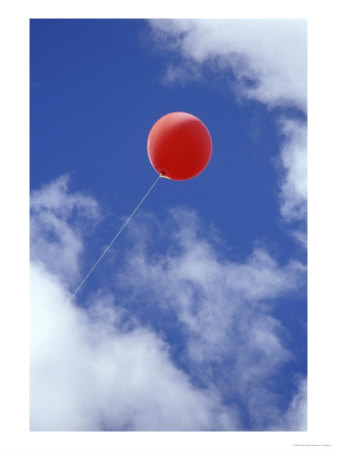
A big red balloon? A red big balloon? Why is the former correct and the latter wrong?
English allows for an indefinite number of adjectives to occur before a noun, although normally no more than three are used. For descriptive adjectives which appear before nouns, there is a rather fixed ordering although this is not absolute.
Here is the order based on category:
Opinion-Size-Shape-Condition-Age-Color-Origin/Material (Noun)
Here are some of the common adjectives under each category:
Opinion- ugly, pretty, beautiful, poor, attractive, nice, sweet, precious, smart, childish, mature, charming, boring, athletic
Size- large, big, small, huge, little, tiny, short, tall, fat, skinny, thin, long
Shape- round, triangular, rectangular, irregular
Condition- broken, old, new, rare, clean, messy, expensive, cheap
Age- young, old, middle-aged, eighteen-year-old
Color- blue, white, black, red, etc.
Origin- English, French, Chinese, American, Spanish, Italian, Korean, Japanese, German
Material- wooden, plastic, metal, glass, paper, cotton
Examples:
the smart skinny teacher
the tall Chinese boy
the eighteen-year-old Chinese boy
the tall, eighteen-year-old Chinese boy
Notice that adjectives which describe origin and material may be interchangeable. For example, both ‘a wooden French door’ and ‘a French wooden door’ are acceptable.
Related to adjective ordering there are two frequently asked questions. First, when is and used? Second, when is a comma needed and where?
For the first question, when there are two adjectives that are vastly different but from the same category which describe the same noun, then an ‘and’ is used in between these two adjectives. Example-
red and white scarf
white and red scarf
Indeed, this seems to be most applicable for adjectives in the color category.
For the second question, there are three situations when a comma is needed. First, when an adjective is repeated for the purpose of intensification, a commas is needed, like ‘tiny, tiny stars’ and ‘huge, huge elephant’.
Second, when there are two adjectives in the same category which are similar in meaning or not incompatible with each other, so that either one could be omitted without a lost of the overall meaning, a comma is needed between them. For example, ‘tiny, little stars’ and ‘charming, attractive waitress’.
Third, a comma is needed when there are three adjectives in sequence. Usually the comma would be placed after the first adjective. An example would be ‘huge, grey African elephant’. Besides this, when there are three adjectives, the above rules are still followed, for example ‘huge, grey and white elephant’.



 Posted by Alice
Posted by Alice